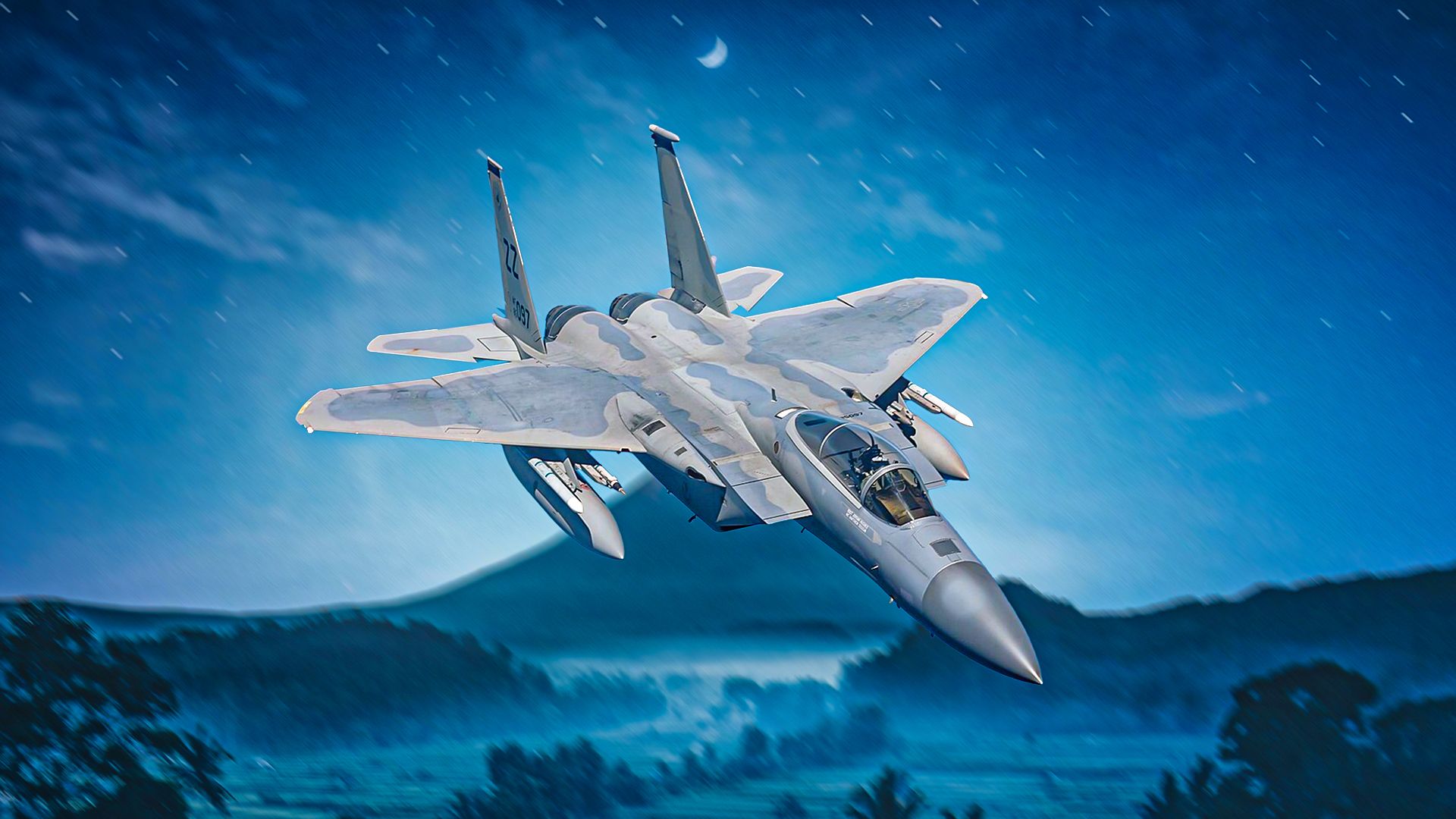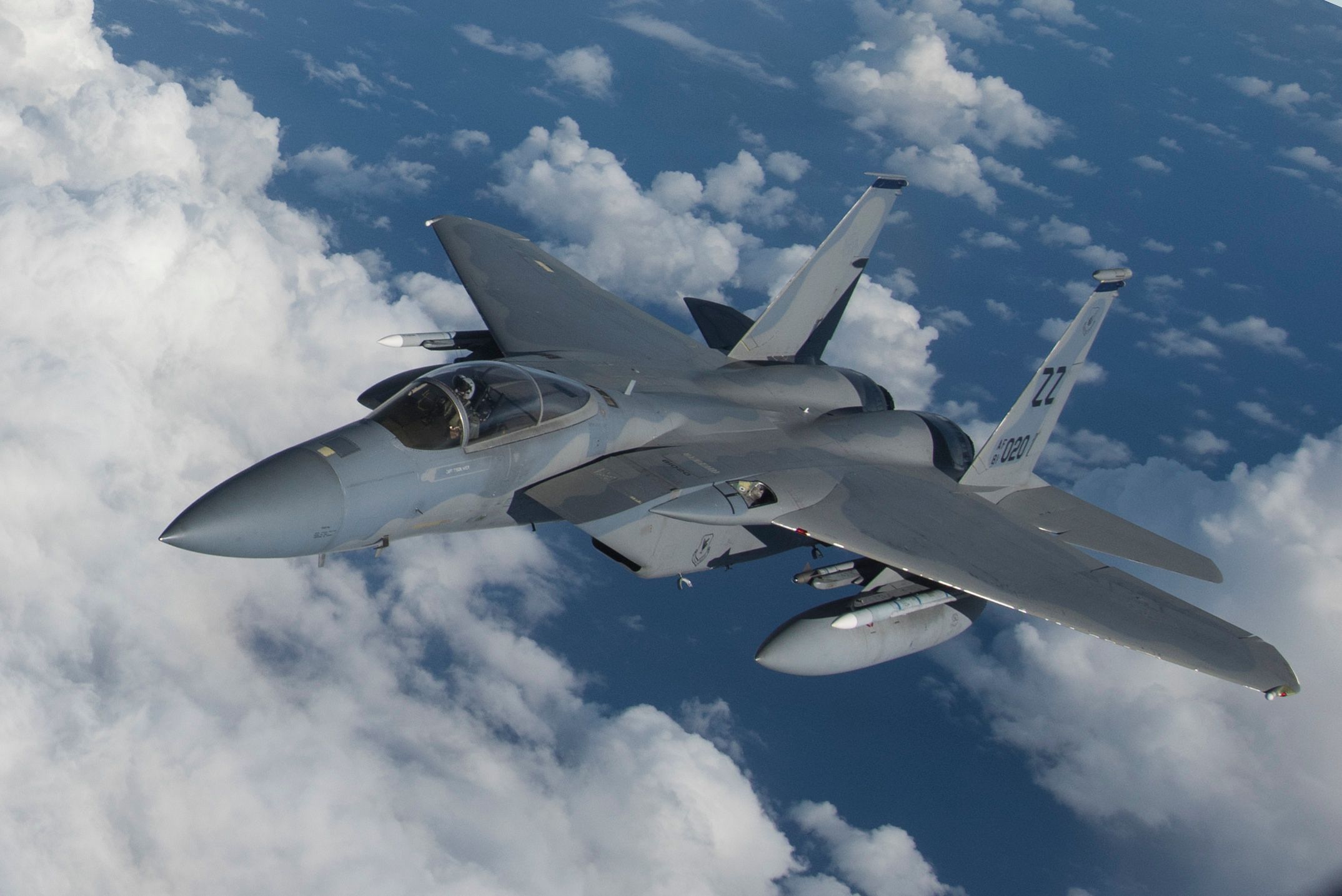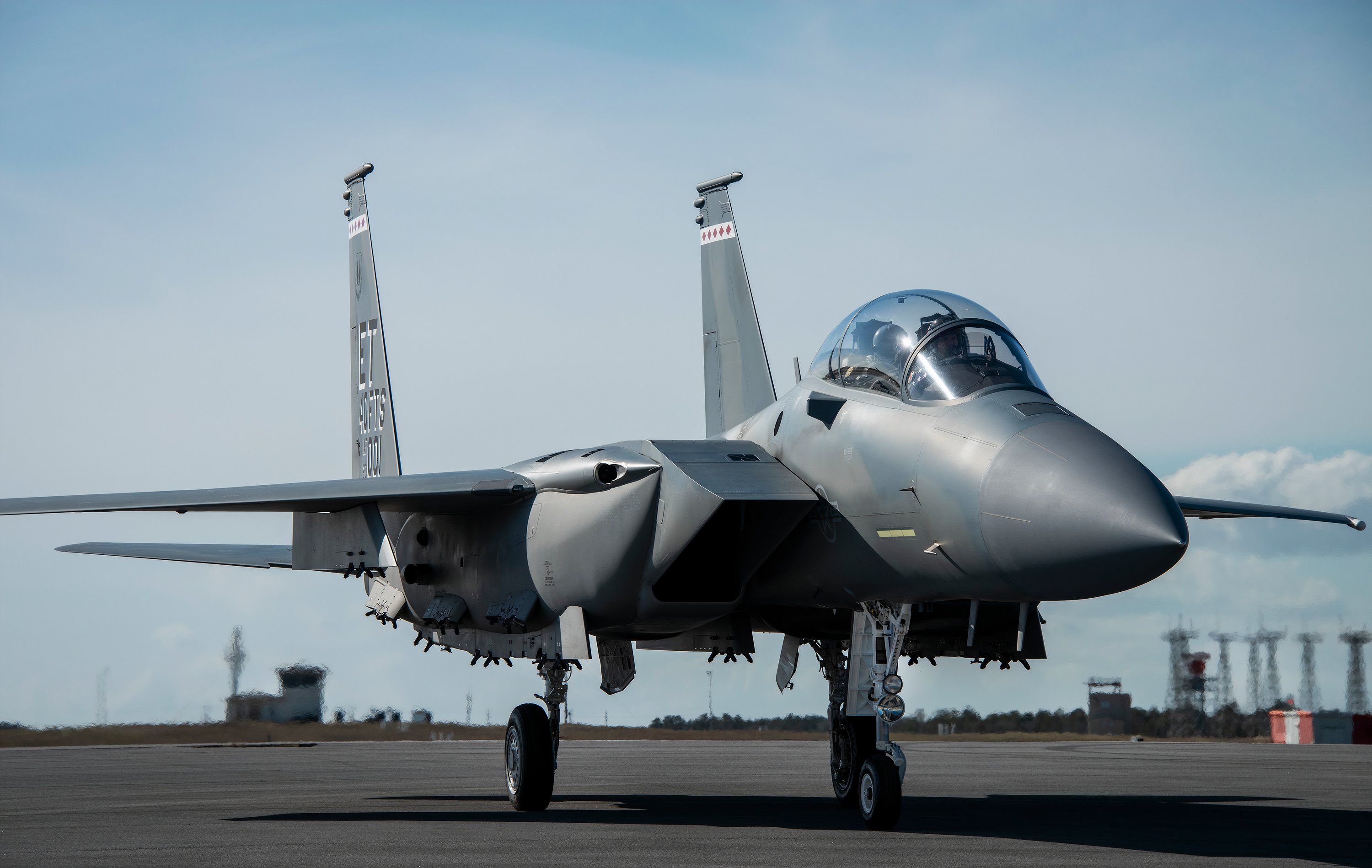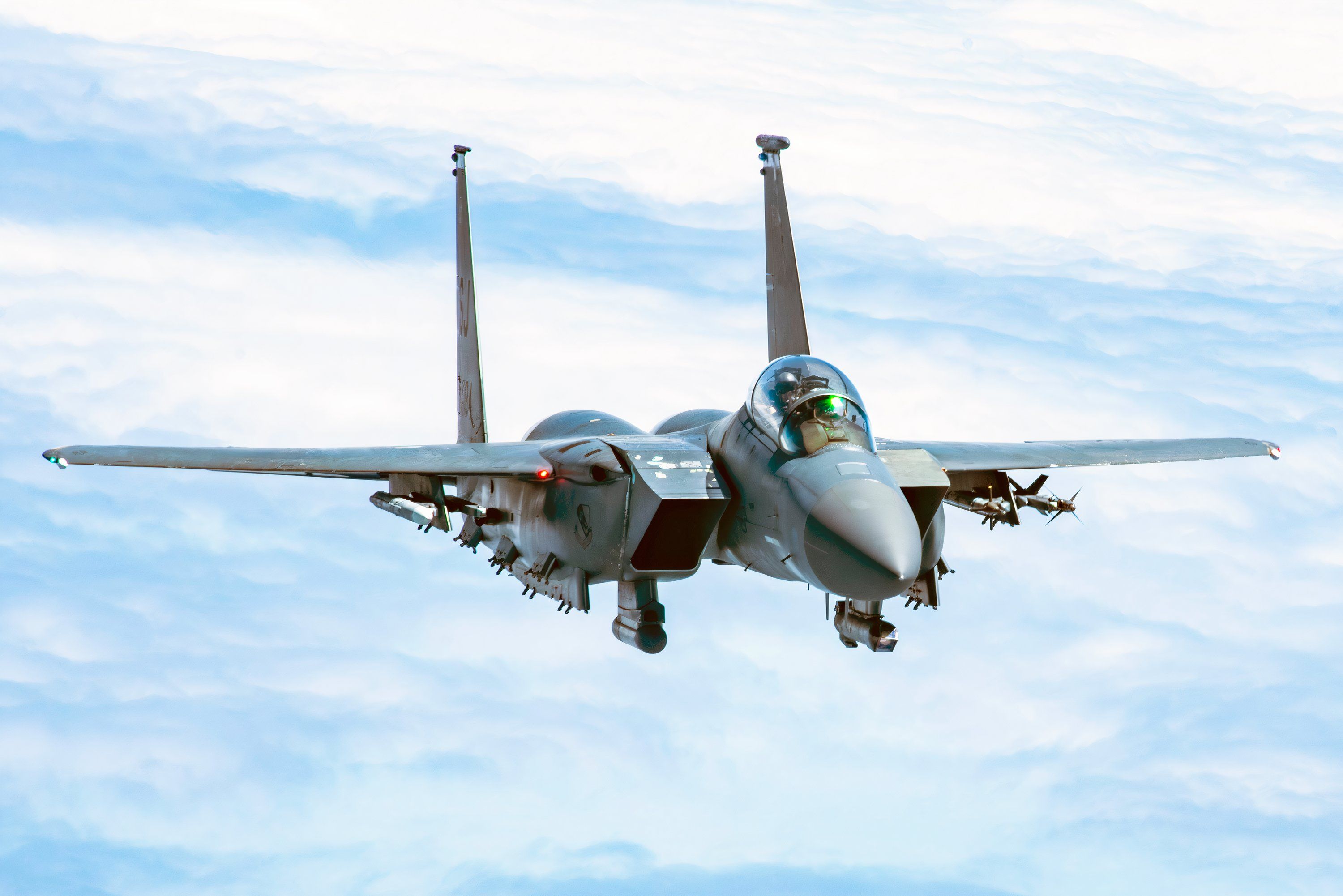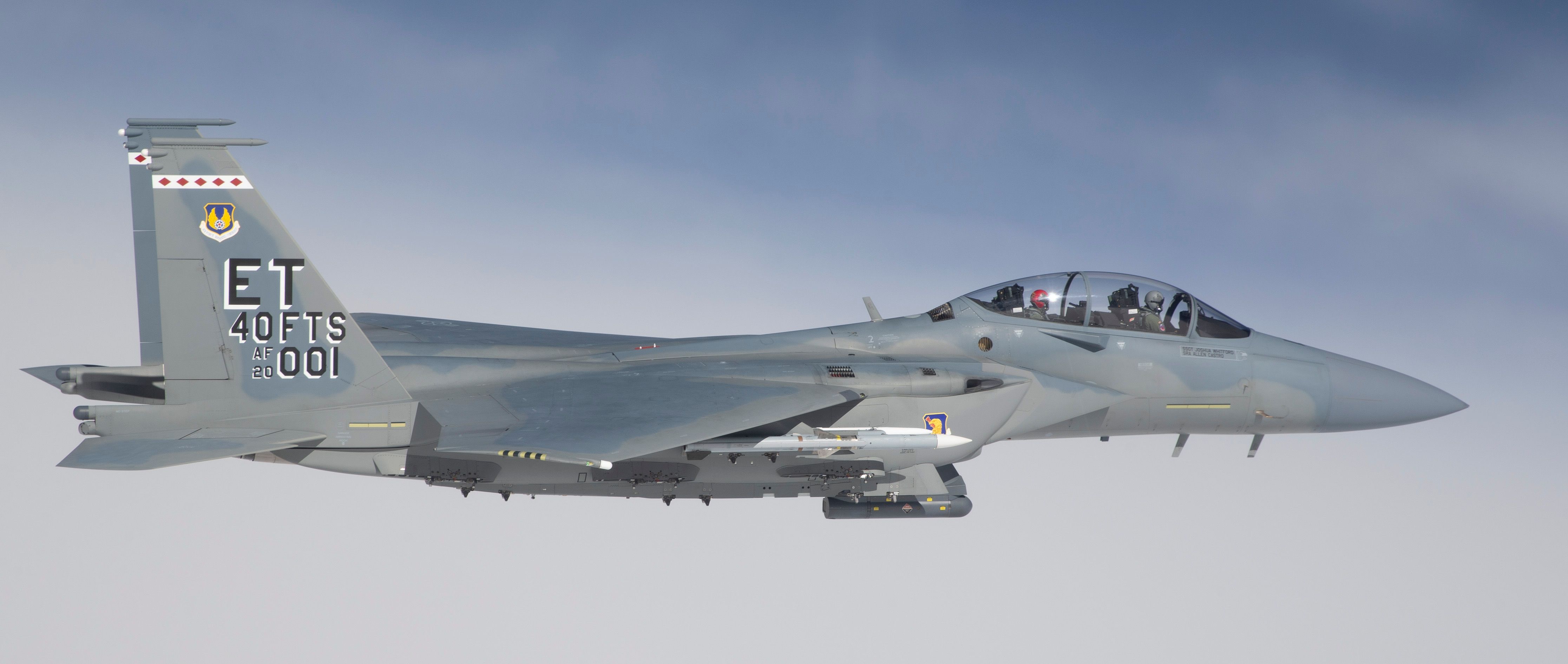Summary
- Senate Committee supports retiring A-10s, F-16s, F-15C/Ds, but blocks retirement of F-22 Raptors and F-15Es.
- China, Russia, and Iran threats motivate increased funding for combat aircraft procurement.
- F-15EX is replacing outdated F-15C/Ds with enhanced capabilities, extending F-15 legacy over F-22 and F-35.
The Armed Service Committee has blocked the Air Force from retiring its F-15E fighters but greenlit the retirement of aging F-15C/D fighters. The F-15 family, in its various iterations, has been one of the mainstays of the US Air Force for many years, and it is slated to continue to be one of the Air Force’s main aircraft for many years to come. The latest version of the F-15 is the F-15EX, which is only now entering service (it may look the same on the outside, but it is a new aircraft on the inside). The F-15 family is also operated by a number of US allies around the world.
Armed Service Committee’s aircraft approvals and disapprovals
For Fiscal Year 2025, the DoD requested to retire around 250 military aircraft. The US Senate Armed Services Committee has greenlit most of these divestments, but there are some notable exceptions. The published National Defense Authorization Act (NDAA) approves the request to retire 56 A-10 Warthogs, 65 F-15C/Ds, and 11 F-16C/Ds. However, it is blocking the Air Force from retiring 32 Block 20 F-22 Raptors and 25 F-15Es.
Photo: USAF
|
Requested combat aircraft retirement: |
Approved/Disapproved |
|---|---|
|
56x A-10 Warthogs |
Approved |
|
65 F-15C/Ds |
Approved |
|
11x F-16C/Ds |
Approved |
|
32x Block 20 F-22 Raptors |
Disapproved |
|
25x F-15Es |
Disapproved |
The Armed Services Committee noted,
“The People’s Republic of China poses an increasing threat to the United States and our allies and partners in the Indo-Pacific. Russia is committed to expanding its malign influence on the global stage… Iran seeks to exploit violence in the Middle East… To deter and overcome these threats, the US military… must have the resources they need to keep the Nation safe.”
The NDAA authorizes increased funding for procuring combat aircraft and munitions. It also requires the Air Force to maintain 16 E-3 Sentry aircraft until they can be replaced by the E-7 Wedgetail (or until their retirement would not create a lapse in Air Force capabilities).
Photo: USAF
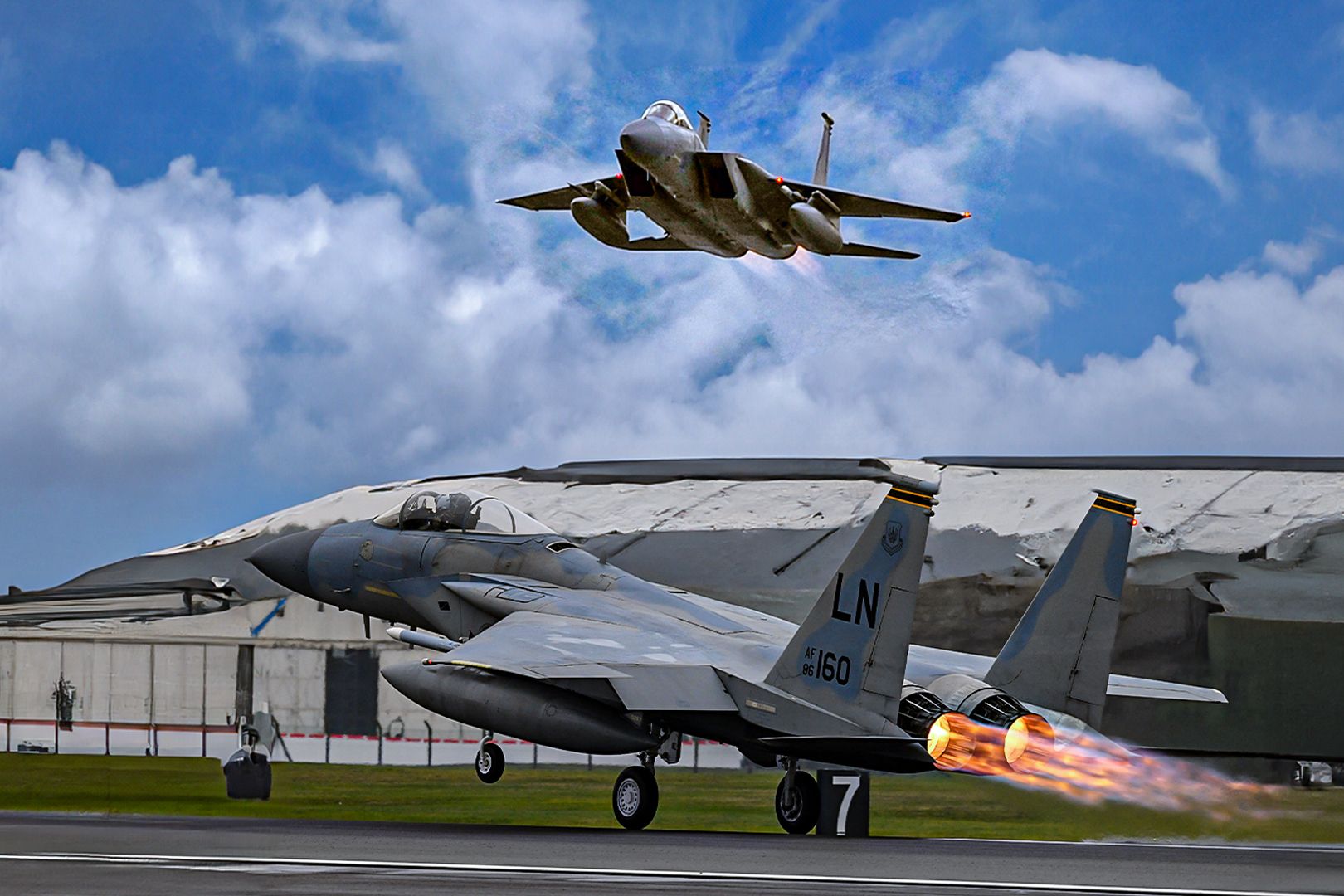
Related
Why The F-15 Eagle Has Never Been Shot Down
After nearly five decades in service, the F-15 Eagle remains undefeated, but how has the iconic fighter managed to maintain a perfect record?
F-15C/D & F-15E variants
The Air Force is in the process of replacing and retiring its aging F-15C/D Eagles. These aircraft use 1970s tech and were produced between 1979 and 1985 (483 were built). The later F-15C Eagles were fitted with upgraded radars. The F-15D is the contemporary (also produced 1979-1985) two-seat training version (92 of them were built).
The Portland Air National Guard has become one of the latest airwing to retire its aging F-15Cs and receive replacement F-15EXs. Reporting about the old F-15Cs, the Herald and News stated,
“The planes are still controlled using buttons and dials. There are internal computers, but they’re tiny and based on 1970s technology.”
Herald and News also quoted Col. Mike Kosderka, a fighter pilot and the commander of the 142nd Wing as saying,
“It [F-15C] looks like an 8-track cassette. No kidding. Our current airplanes have no jamming capability. We have no self-protection capability really. The newer airplanes [F-15EX] have got all that stuff.”
Photo: USAF
The F-15E Strike Eagle is a 1980s derivative of the F-15 family. It is a multi-role strike version built for long-range, high-speed interdiction and does not rely on resort or electronic warfare aircraft. The F-15E went into production in 1985, and over 400 units were built.
The F-15E has been used to carry out deep strikes against high-value targets, close air support, and combat air patrols. Boeing has since developed it into the F-15EX Eagle II. Boeing states of the latest F-15EX Eagle II variant:
“Delivering best-in-class payload, range and speed, the F-15EX will serve as a backbone for any tactical fighter fleet – today and into the future. Building upon a legacy of air dominance, the F-15EX combines its undefeated combat record with state-of-the-art design and technology to deliver next-generation capabilities that push it squarely into the future of combat.”
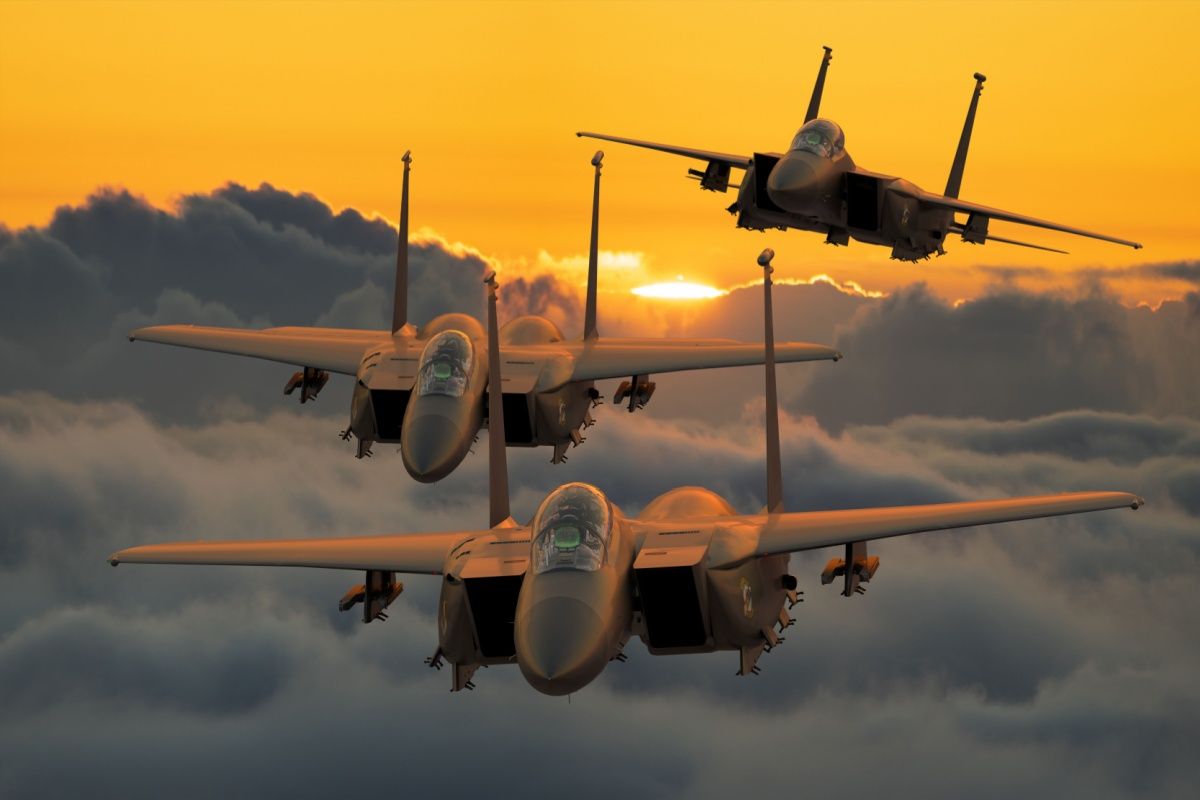
Related
Portland Air National Guard Gets 1st New F-15EX To Replace Old F-15Cs
New 4.5th generation F-15EX multirole fighters are replacing the Oregon Air National Guard’s aging F-15Cs.
The F-15EX to complement the F-35 fighter
The F-22 Raptor had been intended to replace the F-15, but now it appears the F-15 will outlive its successor. The Air Force is still purchasing F-15EXs (a dramatically upgraded descendant of the original aircraft), and some air wings prefer receiving them to the more advanced, complicated, and expensive F-35 stealth fighter.
|
F-15EX Strike Eagle II specs |
|
|---|---|
|
Payload: |
29,500 lbs (including outsized loads) |
|
Radar: |
APG-82 AESA radar |
|
Max speed: |
Mach 2.5 |
|
Ceiling: |
60,000 feet |
|
Note: |
First F-15 to include digital fly-by-wire flight controls |
Photo: Tech. Sgt. John Raven | U.S. Air Force
Instead of being completely replaced by the F-22 and F-35, the F-15 will complement the 5th-generation fighters, fulfilling missions that don’t require advanced stealthy jets.
To maintain its stealthy profile, the F-35 is forced to carry its payload internally, which limits the number of weapons it can carry. When stealth is not required, the Air Force can leverage the F-15’s long-range and high payload capacity to carry more bombs and missiles into a fight.
One way the F-15 can complement the F-22 and F-35 is for those fifth-generation jets first to go in and surgically reduce the threat environment (by taking out air defense, etc.). After they have reduced the threat to fighter jets, the F-15 can be used as a bomb truck, delivering a larger amount of firepower.

